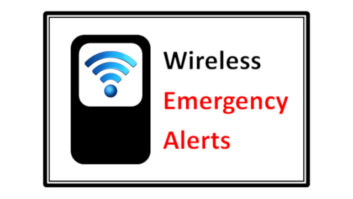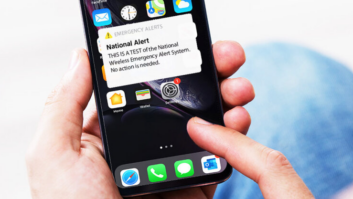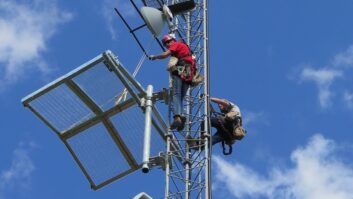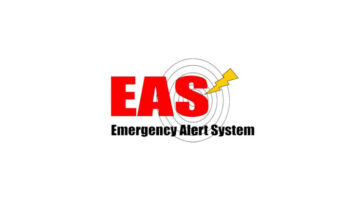
The National Weather Service has learned a few things about what some members of the public want when it comes to Wireless Emergency Alerts.
In December, the NWS asked for public comment on the changes that the Federal Communications Commission is proposing to make to WEA, including expanding the max character count to 360 characters, up from only 90 characters today. Consumers must also be able to retrieve and review these alert messages for at least 24 hours after they are sent. The deadline for mobile providers to implement these changes is May 2019.
Overall, the public comments have been supportive of the expansion proposal put forward by the FCC, said Jessica Schauer, tropical services program leader in Miami with the National Weather Service, who organized the call for comments.
“The comments were overwhelmingly positive that alerts be expanded to 360 characters,” she said. “There were no was no overarching negative comments.”
What the public did call for, however, was for even more information — for example, for alerts to share information, as well as offers a “call to action” with a series of next steps that the public should take in case of an incident. That could include public guidance on what to do in case of a major emergency, for example.
[Senate Unanimously Pushes Through New Emergency Alert Guidelines]
The NWS has made multiple filings to the FCC on the WEA issue, saying it agrees with comments made by some other public safety organizations —namely the need to incorporate multimedia to improve WEA. “Information graphics, inundation maps, video, American Sign Language and other forms of multimedia can cut across traditional language barriers and help guide people out of harm’s way,” said Michael E. Gerber with the National Oceanic and Atmospheric Administration/National Weather Service.
“As you’ll see [in our comments filed with the FCC], one key improvement would be if WEA were to better leverage the capabilities of the device, such as inclusion of an interactive map showing the recipient’s location along with the alert originator’s defined threat area and improvements which make the alerts most accessible to those with disabilities,” he said.
In response to the proposal to expand WEA to 360 characters, “We wanted to go out and get feedback from partners and from the public before finalizing our recommendations,” Schauer said.
Last year, the FCC also adopted new rules that would improve the geographic accuracy of WEA. By Nov. 30, wireless carriers must be able to deliver alerts to certain geotargeted areas and ensure that there is no more than a one-tenth of a mile overshoot when it comes to determining location.
[FCC: We Need More Input on WEA Multimedia]
Emergency management organizations across the country are continuing to test out the capabilities of WEA alerts in local areas. The Maine Emergency Management Agency was the latest organization to request a waiver so that wireless providers in Waldo County in eastern central Maine could participate in a WEA test in March. The goal was to ensure that emergency staff can validate use of the IPAWS warning system and WEA origination capabilities with mobile providers.
“It’s imperative to test the system now, rather than wait until May 2019, when the FCC’s WEA end-to-end testing rules become effective,” the agency said in a letter to the commission. MEMA plans to test the process for alerting the public of approaching hazards as well as inform them about where to seek additional information.







